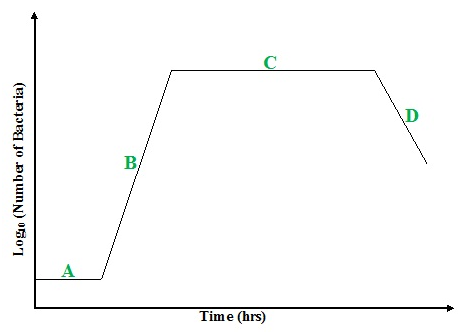Good primer design is one of the most important parameters in real-time PCR. This is why many researchers choose to purchase TaqMan® Assay products—primers and probes for real-time PCR designed using a proven algorithm and trusted by scientists around the world. If you choose to design your own real-time PCR primers, keep in mind that the amplicon length should be approximately 50–150 bp, since longer products do not amplify as efficiently.
In general, primers should be 18–24 nucleotides in length. This provides for practical annealing temperatures. Primers should be designed according to standard PCR guidelines. They should be specific for the target sequence and be free of internal secondary structure. Primers should avoid stretches of homopolymer sequences (e.g., poly(dG)) or repeating motifs, as these can hybridize inappropriately.
Primer pairs should have compatible melting temperatures (within 1°C) and contain approximately 50% GC content. Primers with high GC content can form stable imperfect hybrids. Conversely, high AT content depresses the Tm of perfectly matched hybrids. If possible, the 3`end of the primer should be GC rich to enhance annealing of the end that will be extended. Analyze primer pair sequences to avoid complementarity and hybridization between primers (primer-dimers).
For qRT-PCR, design primers that anneal to exons on both sides of an intron (or span an exon/exon boundary of the mRNA) to allow differentiation between amplification of cDNA and potential contaminating genomic DNA by melting curve analysis. To confirm the specificity of your primers, perform a BLAST® search against public databases to be sure that your primers only recognize the target of interest.
Optimal results may require a titration of primer concentrations between 50 and 500 nM. A final concentration of 200 nM for each primer is effective for most reactions.
Primer design software
Primer design software programs, such as OligoPerfect™ designer and Primer Express® software, in addition to sequence analysis software, such as Vector NTI® Software, can automatically evaluate a target sequence and design primers for it.
At a minimum, using primer design software will ensure that primers are specific for the target sequence and free of internal secondary structure, and avoid complementary hybridization at 3` ends within each primer and with each other. As mentioned previously, good primer design is especially critical when using DNA-binding dyes for amplicon detection.
Source
www.lifetechnologies.com
Discover more from Microbiology Class
Subscribe to get the latest posts sent to your email.





